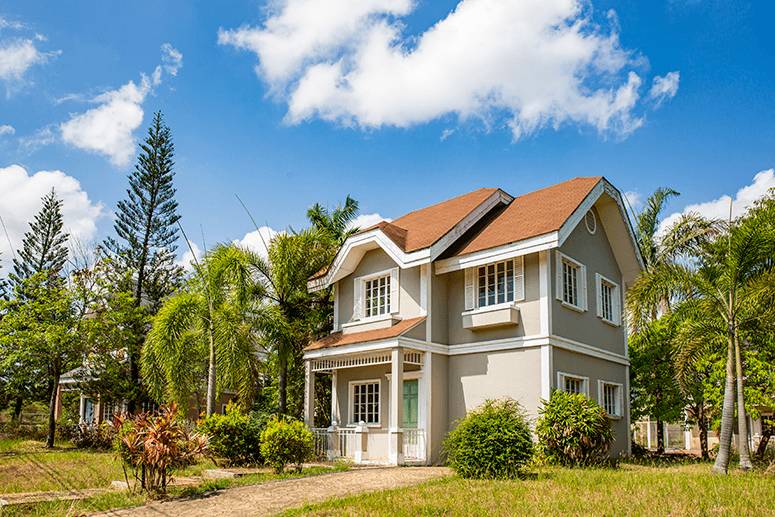For many Filipinos, owning a home is the ultimate dream. Families often make significant sacrifices—some even working overseas for years—to eventually settle down and enjoy a comfortable life with their loved ones. But not just any house will do.
If you’re investing in a home for the first time, it makes sense to look beyond price and consider how a development will support long-term comfort, safety, and well-being. So what do Filipino homebuyers prioritize today? Here are a few key factors that define quality housing—and why they matter.
Enhanced quality of life
Spurred by the experience of prolonged lockdowns, more Filipinos are now seeking better living conditions that enhance their quality of life. There’s growing interest in well-planned communities over high-rise condos—developments that offer modern amenities, easy access to schools and workplaces, green spaces, and recreational facilities.

With remote work becoming more common, living outside the city center has also become a viable option. Developments in key areas of Luzon and other regions that provide thoughtfully designed homes, modern infrastructure, and proximity to nature are becoming increasingly attractive. These contribute significantly to residents’ daily comfort and well-being.
Potential for increased property values
Location remains a key factor when it comes to real estate investment. Well-located housing projects with access to transportation networks and future infrastructure developments are often positioned for value appreciation. Properties near highways, expressways, and transport hubs not only offer convenience for residents but also present strong potential for long-term return on investment.
Community development and integration
Great housing developments don’t just build houses—they build communities. Developments that include shared amenities such as parks, schools, and recreational spaces promote meaningful interactions among residents. These spaces foster a sense of belonging and can help families build lasting relationships with neighbors.
From family-friendly designs to communal areas where residents can gather and socialize, these elements strengthen the community fabric and contribute to healthier, more connected lifestyles.
Sustainability and environmental responsibility
Modern housing developments are also becoming more mindful of sustainability. Environmentally conscious design, the use of eco-friendly materials, and thoughtful master planning that works with the natural landscape are becoming essential features in today’s real estate projects.
Beyond lowering environmental impact, these sustainable practices improve the quality of life by offering cleaner air, more green spaces, and opportunities for residents to live in harmony with nature. Promoting wellness through sustainable living is no longer a trend—it’s a necessity.
While many factors influence the decision to buy a home, developments that prioritize people, planet, and purpose are setting the standard. By focusing on creating spaces that support healthier, happier lives, housing developers are shaping not just communities—but futures.
